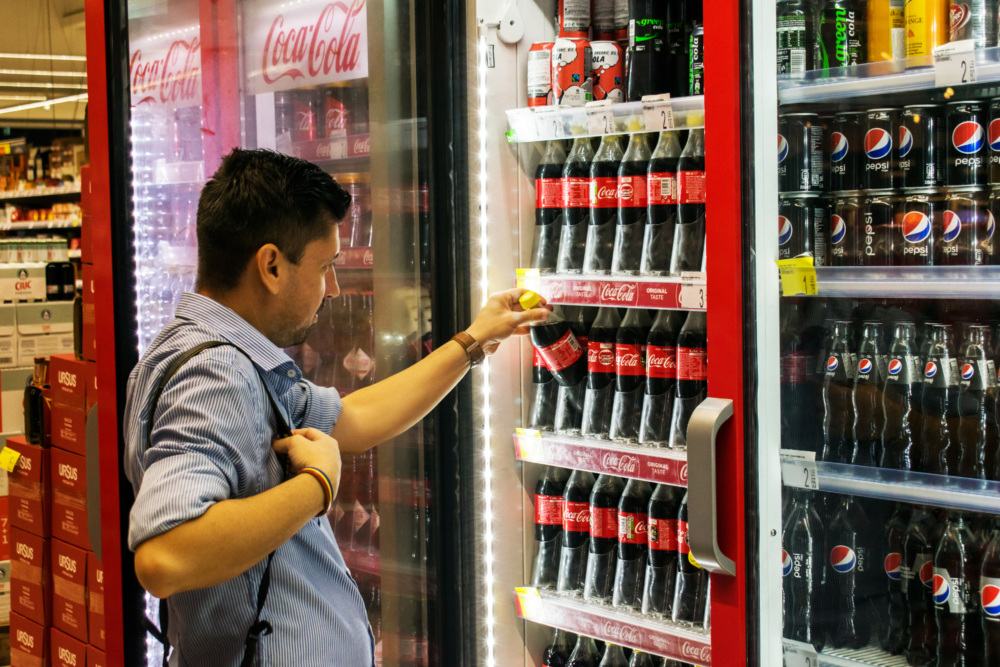New Study Tests European Consumers’ Understanding of Energy Labels
In May 2013, CLASP and Navigant Consulting published an analysis showing an opportunity to enhance the effectiveness of energy labelling in the EU by revisiting the label design.
Market research was carried out across ten cities in the European Union, testing how consumers interpret the information on the internationally influential European energy label. The study shows that European consumers understand most of the information on energy labels. But it also shows that some changes made to the design of the energy label in 2011 have reduced the effectiveness of the European energy label as a driver for product energy performance.
The study comes at an important time, as Europe is reviewing its framework for developing energy labels and setting minimum energy performance standards.
The study draws attention to the importance of ensuring that energy labels continue to clearly communicate the difference in energy performance between product models over time. If most models are class “A” or above, for example, the communicative value of the energy label is weakened. The study also indicates the importance of building on the label – e.g. through in-store interaction with the consumer and other informational support. Finally, the authors stress the importance of pre-testing labelling design with users, prior to introducing modifications.
With Australia also reviewing its energy label, we hope that the study will also contribute to an international dialogue on lessons learned from some two decades of energy labelling.









